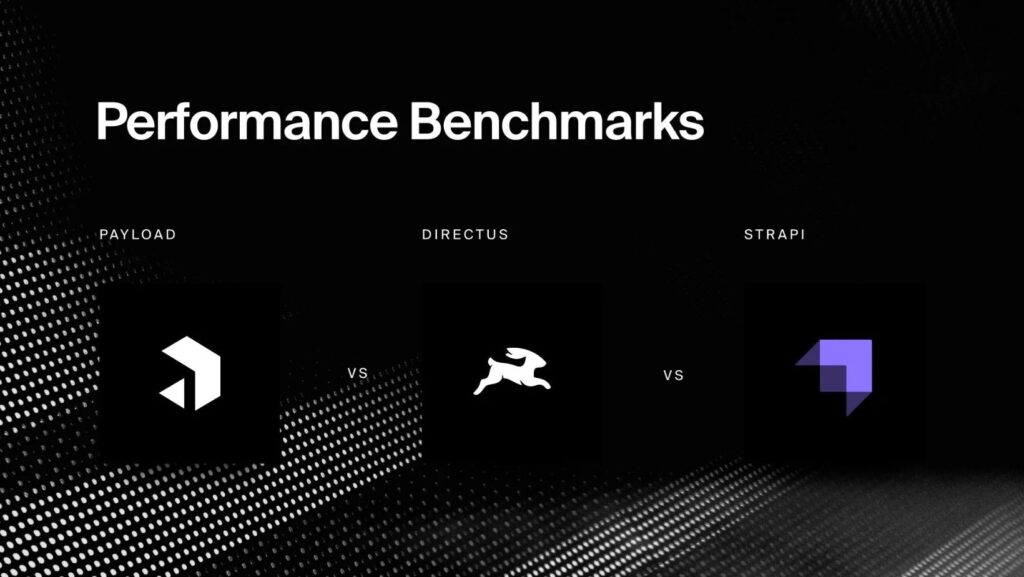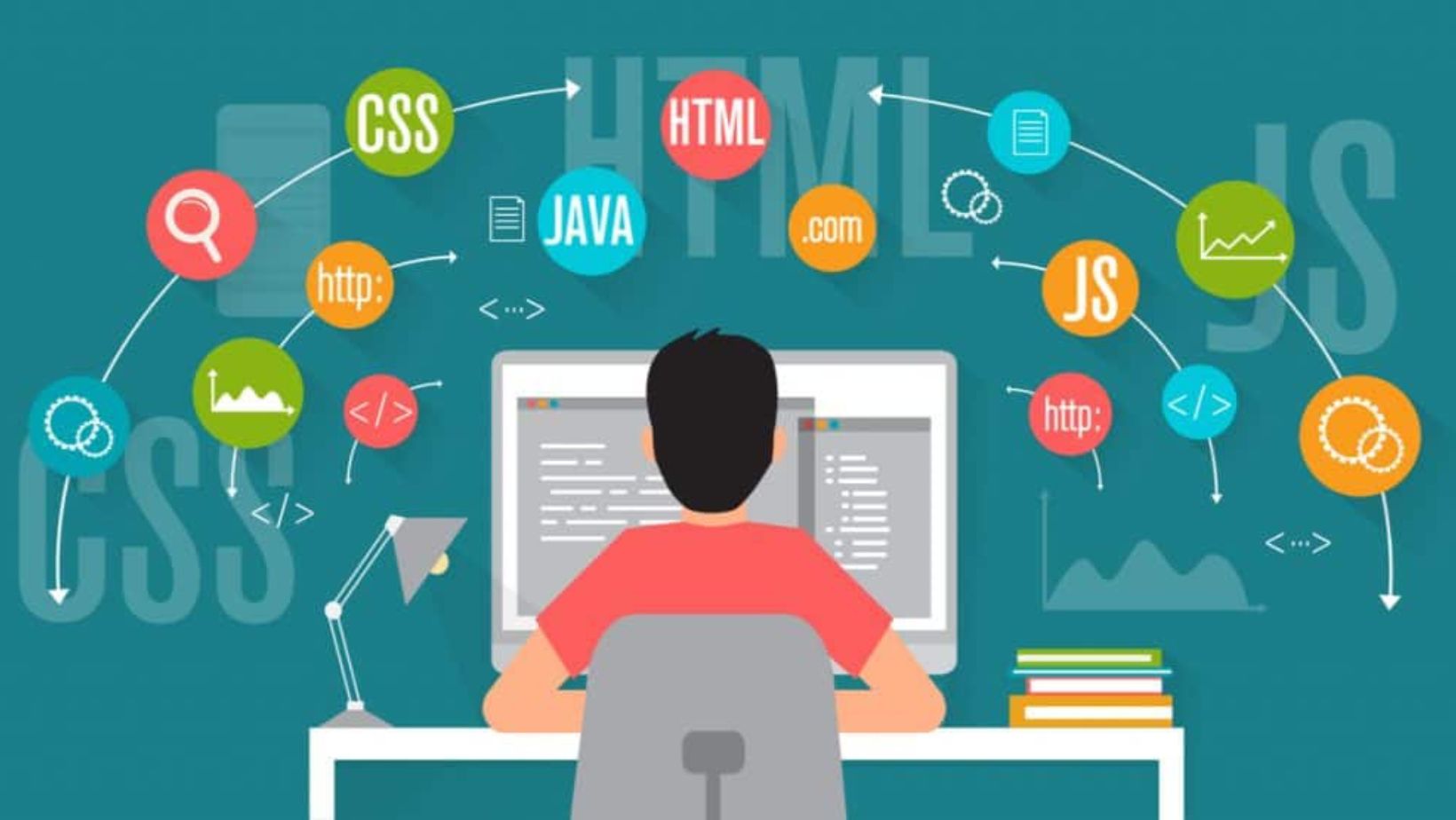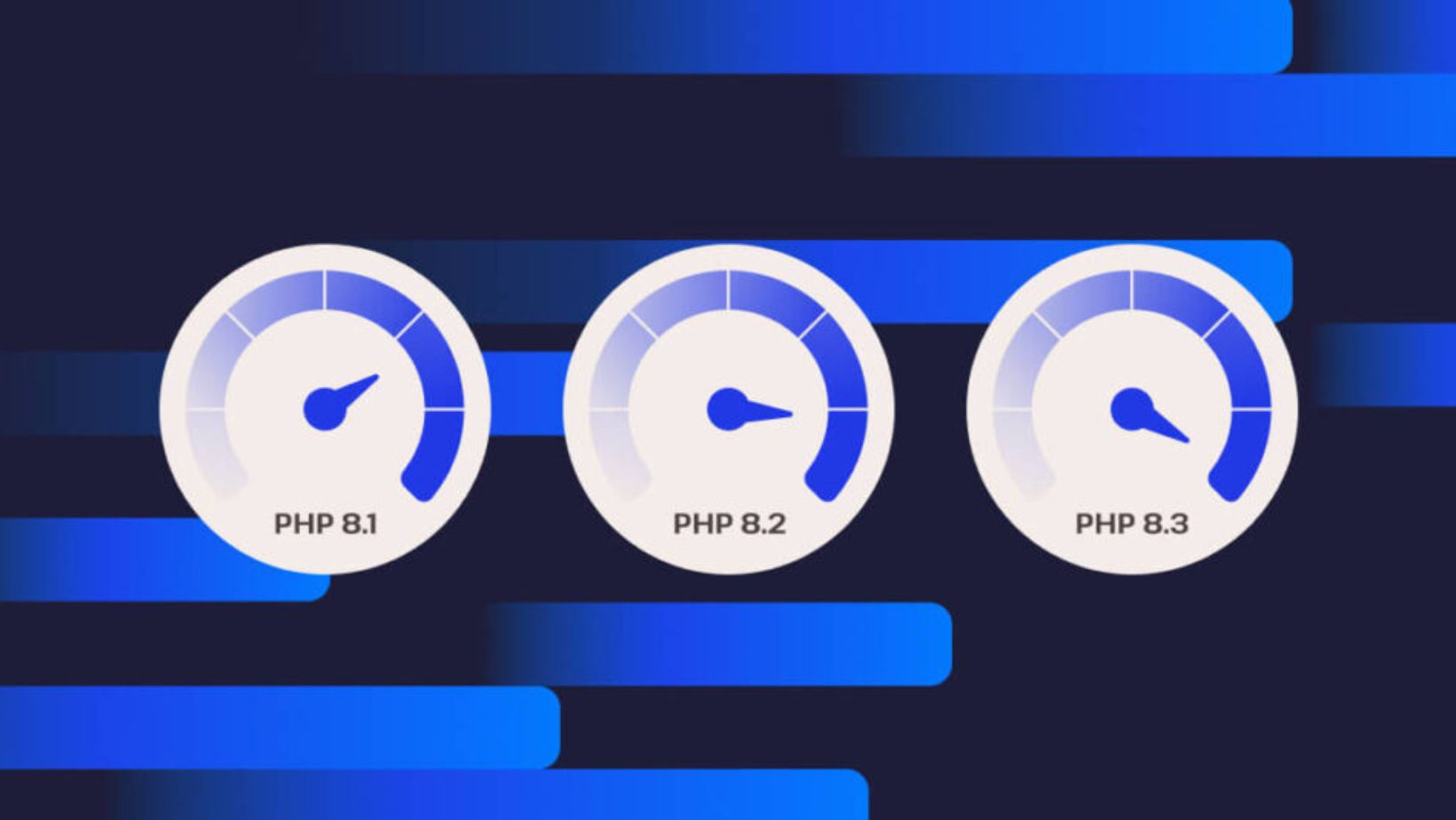As performance testing and performance benchmarking become industry standards with new Headless CMS opportunities in enterprise environments, they’ll guarantee expected ultra-responsive, scalable, and speedy user experiences. Enterprises will glean performance issues and latency challenges from performance testing and performance benchmarking of content distribution performance across web, app, and digital properties. Where a regular CMS may be bogged down by themes and plugins (and their needed dependencies) hindering performance in one particular location, a Headless CMS like the one that storyblok offers operates via an API which means that development teams are given performance-based tweaks at any and all locations of operation.
Understanding the Importance of Performance Testing in a Headless CMS
Performance testing evaluates how well a Headless CMS manages resources concerning content delivery, API requests, and engagement. Because the architecture of a Headless CMS functions via an API to deliver content, it must ensure that generating queries is done expediently, that there is little latency on the server side, and that end users experience content rendered across all endpoints and applications quickly (and not flickering or still loading). A properly operating Headless CMS should be able to handle high traffic and not compromise quality. Performance testing helps companies see how their system performs under specific scenarios so they can control adjustments and necessary testing to guarantee quality when traffic levels peak.
This applies to commercial operations hosting e-commerce, media organizations, and larger operating apps that need real-time content updates, user personalization, and engagement features that always need to load properly and effectively. Think of a Headless CMS used by an e-commerce site. It requires performance testing to ensure its product pages load in milliseconds at all times in the case of Black Friday, Cyber Monday, or flash sales that give limited time to buy. These are all situations where thousands of customers could be on the site simultaneously browsing products, adding products to the cart, or trying to successfully purchase.
Without performance testing, products load slowly, APIs timeout, systems crash and all of this hinders purchase experience and revenue. But with testing in realistic traffic scenarios, brands learn their performance tolerances, adjust API timeouts, and use caching and load-balancing options for seamless operation. Similarly, performance testing is required for almost every content-driven application as well as news services, video-on-demand applications that require instantaneous loading and fast delivery. For example, an online news service that fails to load in a timely manner annoys users and pushes them off the site.
However, performance testing ensures that articles, photos, and videos load in mere seconds when billions are simultaneously viewing, and on the contrary, a video that loads three days later will definitely drive people away. When testing for performance, it’s not just about speed and uptime, but it also aids in SEO. Websites that enjoy a low TTFB along with at least decent LCP and layout shifts will be more search engines, particularly Google friendly, since it favors faster sites and improved positioning. A Headless CMS that develops a reputation for performance testing will have better scores on its Core Web Vitals, making it a more sought-after component on search engines and receiving more organic traffic.
Without continual performance monitoring, firms are susceptible to slow load times, differential rendering of content, API glitches, and generally, a bad UX. These shortcomings hurt SEO efforts, frustrate users, and lower conversion rates making a company lose money and have an ineffective web presence. Continual performance monitoring saves the Headless CMS from these shortcomings because it preserves extensibility and increases optimization and performance to ensure that users have a smooth and engaging experience at all times and in all places.
Load Testing to Ensure Scalability and Stability
This testing requirement is necessitated by a larger performance assessment. Load testing determines whether the Headless CMS fails with too many concurrent requests. For instance, many legacy CMS start to lag with too many database requests. Yet, with a Headless CMS, the database is separated from the rendering layer, and while content is ultimately served via an API, load testing assesses more accurately how many rendering API calls can be rendered at once and how well it serves.
For example, a Headless CMS for a worldwide news and media empire pushes articles live; it must ensure that thousands of users simultaneously accessing a live article don’t experience lag or timeout. Load testing enables such systems to be pressured by the companies to see how the APIs react and where lag could occur long before any users experience it. In addition, load testing enables companies to predict future scaling needs and make adjustments now, whether it’s cloud resources, database calls, and caching to promote peak performance.
API Performance Testing for Faster Content Retrieval
Since a Headless CMS is API driven, it needs API performance testing as well to ensure content is delivered appropriately and efficiently through every potential delivery avenue. Performance tests check query speeds, check payloads, and make server adjustments to reduce latency and increase efficacy.
For example, a Headless CMS for an eLearning site needs to ensure that students access courses, ancillary and primary materials, supplementary videos, and added resources in all locations instantaneously. Therefore, with performance API testing, developers can assess slow endpoints, whether unnecessary requests are being triggered multiple times, and whether caching is effective to ensure proper content renders. API performance testing makes sure that your API is faster, more bandwidth efficient, and takes more user focus, which is why any Headless CMS should undergo performance testing.
Caching Strategies for Reducing Server Load and Speeding Up Content Delivery
Caching is critical to the performance, functionality, and general use of a Headless CMS. Instead of content having to be retrieved each time with a call to the CPU, caching allows rendered versions to be saved closer to the end user with fewer required requests. This reduces latency, bandwidth, and total resource usage. Therefore, expected faster loading times of web pages and other engagements are crucial in a business enterprise seeking a Headless CMS for improved conversion.
A properly cached Headless CMS employs different types of caching for performance and speed boosts. For instance, edge caching is beneficial because it caches content at CDN nodes or data centers worldwide whether the user is in Timbuktu or New York, latency is decreased, and response times are almost instantaneous because the API calls to the Headless CMS don’t have to be made repeatedly.
Another important layer of caching occurs via the API response caching, which ensures that information that will surely be needed by the end user product information, member profiles, blog posts will be cached and returned upon request without having to rely on the database every single time. This reduces load times and unnecessary processing on the server, allowing the Headless CMS application to function appropriately during peak traffic times.
For example, an e-commerce site that sells merchandise. They have thousands of items in inventory, and they need their APIs cached so product descriptions, photos, and prices load instantly instead of re-querying the database. A site with high traffic cannot afford the level of server querying it needs during a flash sale or Black Friday. An e-commerce site associated with a news company relying on a Headless CMS needs cached access to breaking news and articles so that the site doesn’t go down with heavy viewership, yet it also needs information to constantly refresh to ensure correctness.
In addition, preloading and lazy loading certain content helps bolster performance. The fact that a developer can control what gets loaded first loaded with priority and what gets loaded in due time when a user scrolls to it ensures that only the needed assets load in at the onset and other possible assets are merely a quick scroll away. This increases how fast a site seems to operate to the user. Furthermore, such compliance is appreciated by Google for improved performance and better Core Web Vitals.
What’s more, lower infrastructure costs through reduced strain on the CMS backend and limited database calls contribute to decreased infrastructure costs. Companies can scale with caching because they do not need massive server power to compensate for lags; they can scale because quick load times and stability permit. Therefore, the power of caching makes everything from performance to stability to scaling and efficiency more effective because each channel receives its cached render almost immediately.
Continuous Performance Monitoring and Real-Time Benchmarking
Performance testing is not a one-time thing. It’s ongoing testing and ongoing adjustments for the performance of what a Headless CMS can function at best for. While a CMS typically faces performance challenges because of its monolithic nature and typical dependence on plugins, a Headless CMS relies on APIs. Therefore, the considerations for performance stem from the efficacy and speed of API calls and responses, the time it takes for the server to respond, and the time it takes for the front end to render and render awareness.
Headless Content Management System must include performance measurement integrations and automatic scaling for high-traffic business websites, ecommerce sites and business-level applications. This includes internal, automated performance measurement that assesses server response time, API calls and use, effectiveness of those calls and follow-up requests, and increasing usage over time. Performance measurement and AI assessments provide businesses with feedback about content distribution, content engagement and performance variations. Consider a global SaaS provider, for instance. With a Headless CMS, this company can build live performance dashboards that monitor API latency, user engagement, and caching and error rates.
These dashboards give up-to-the-minute notifications on delayed API responses, increased database requests, and inoperable servers. Therefore, the IT and development teams have the ability to immediately respond to troubleshooting and adjusting before users experience prolonged delays or worse, crashes. In addition, continuous performance testing guarantees rapid, uniform content rendering in multiple locations. Companies with a global reach need performance testing across the globe to guarantee persons in all regions can find what they seek quickly, minimizing lag and improving Core Web Vitals such as Largest Contentful Paint (LCP) and First Input Delay (FID). This is critical for ecommerce sites, as customers will abandon their shopping carts and a company’s potential for revenue if product pages don’t render quickly.
But thanks to ongoing performance comparisons, they’ll not only receive speedier content delivery but also SEO benefits, enhanced engagement, and general site performance. A Headless CMS will keep its place in the competitive search engine world because it responds favorably to sites that load faster and have better SEO. In addition, performance monitoring shows adjustments over time. For example, more users log on at a specific time, more API requests are being sent and received than anticipated and cut off by a threshold, or a specific category has more users than all the others combined.
These suggestions sent back to the company allow the Headless CMS to fix the problem before it interferes with delivery. This could mean reducing API requests per user, applying cache to certain pages, or adjusting what is displayed on the front end. Thus, with constant performance monitoring, a Headless CMS is fluid, adjustable, scalable, and effective. Ultimately, performance testing and continual performance assessment will ensure a Headless CMS initiative operates as expected post-launch. Companies that solidify performance improvements will experience almost instantaneous loading of their content, quicker API responses, and real-time adjustments to digital endeavors to suit customer needs for higher engagement, SEO ranking, and conversion vehicles.
Conclusion
Performance testing and benchmarking ensure a Headless CMS operates quickly, efficiently, and remains dynamic for the future of digital rendering. For instance, load testing, API response time enhancements, caching, and performance testing enable businesses to reduce loading times, alleviate pressure on servers, and maintain daily averages of Core Web Vitals for internal adjustments during updates.
Therefore, any business with a Headless CMS that performs beyond expected timelines for SEO, above what users require for user experience, and ahead of the curve for the future of digital transformation, efforts put into performance testing and benchmarking are well invested as the ongoing, continual effort ensures that whatever content needs to be rendered happens when users need it, APIs don’t experience lag, and every interaction is fluid on whatever interface is needed. The headless CMS trend will only rise performance testing will safeguard growth opportunities in digital content management, omnichannel, and SEO for the foreseeable future.




More Stories
Why Sweeps Casino Players Love Promo Codes
Civiliden LL5540 PC: Unleash Gaming Power with Stunning Design & Performance
New Software RCSDASSK: Revolutionizing Productivity with Task Automation and Collaboration